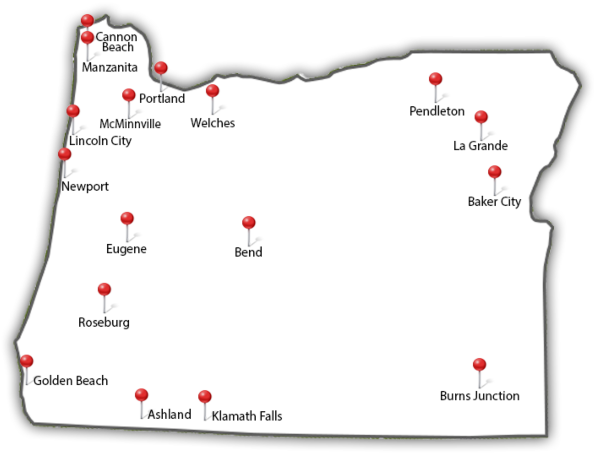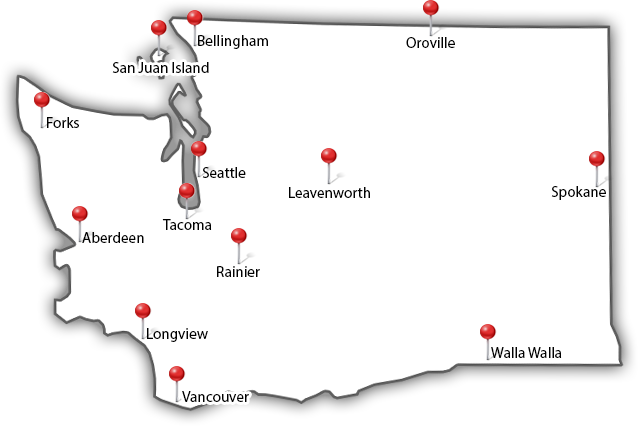A Guide to Common Types of Christmas Trees
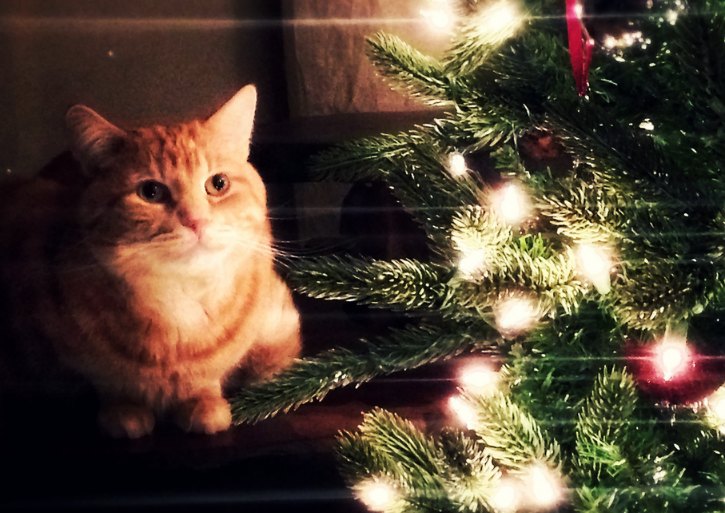
Source: eaghra
The Christmas tree is, by and large, the focal point of holiday celebrations. Bundling up in hats and scarves and trudging off to pick out the perfect Christmas tree to take home and decorate is a long-standing holiday tradition for many families.
The Advantages of a Real Christmas Tree
No doubt one of the main reasons to get a real tree is because it infuses your home with the enchanted scent of Christmas. But there are other good reasons to get a real tree rather than an artificial one. Evergreen trees are 100% biodegradable and can be recycled once the season is over to benefit nature and wildlife. Artificial trees contain PVC, which is a dangerous chemical, but real trees contain no chemical residue. Most fake trees are made overseas and shipped to North America. Buying a real, fresh-cut Christmas tree supports local tree farmers.
The Pacific Northwest is home to several species of real, farm-grown Christmas trees in a variety of shapes and sizes to fit all holiday traditions. Across the country, there are more than 35 different species of evergreens grown as Christmas trees. The five most common types of trees in our region are Douglas Fir, Fraser Fir, Noble Fir, Grand Fir, and the Scotch Pine.
Douglas Fir
Not a true fir, the Douglas Fir has its own unique species classification. The cones on a Douglas Fir hang downward, unlike true firs. They naturally grow into a cone shape and have 1- to 1.5-inch sweet-smelling needles.This tree can be found in nearly every tree lot across the country. It was named after David Douglas, who studied the tree in the 1800s. (And yes, David Douglas High School is named after him!)
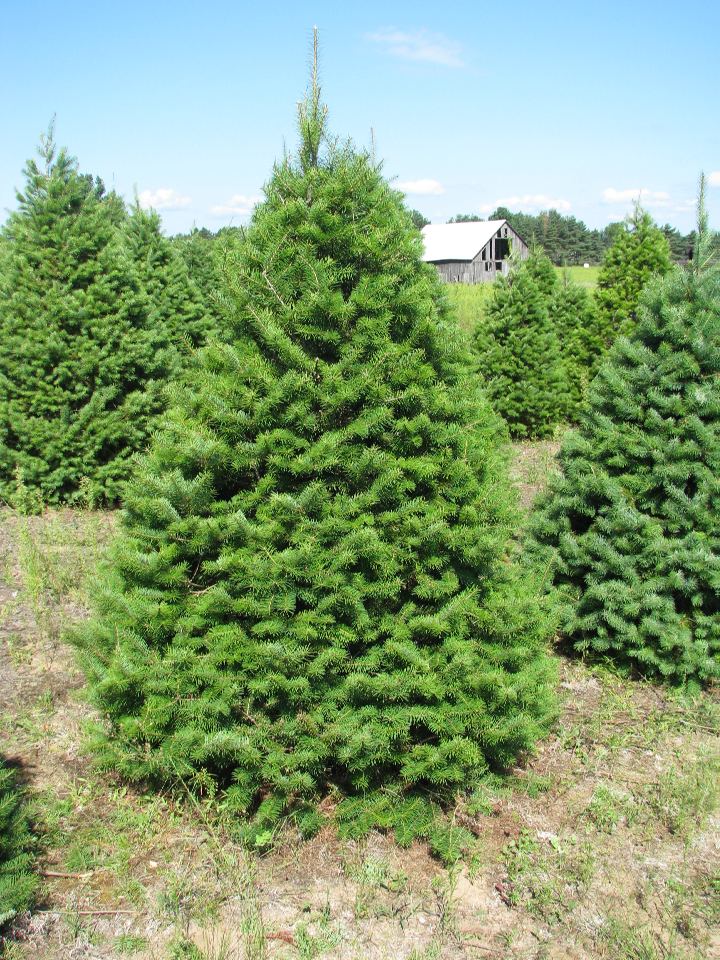
Source: Ron Watson Tree Farms
Fraser Fir
Very similar to a Balsam Fir, the Fraser Fir is native to the South. It naturally grows at elevations above 5,000 feet. This fir has 1/2 to 1 inch long dark green needles. It has a pleasant scent, and the needles don’t fall out as much as other evergreens (a selling point if you’re the one who has to vacuum). The Fraser Fir was named after John Fraser, a botanist who explored the southern Appalachians in the late 1700s.
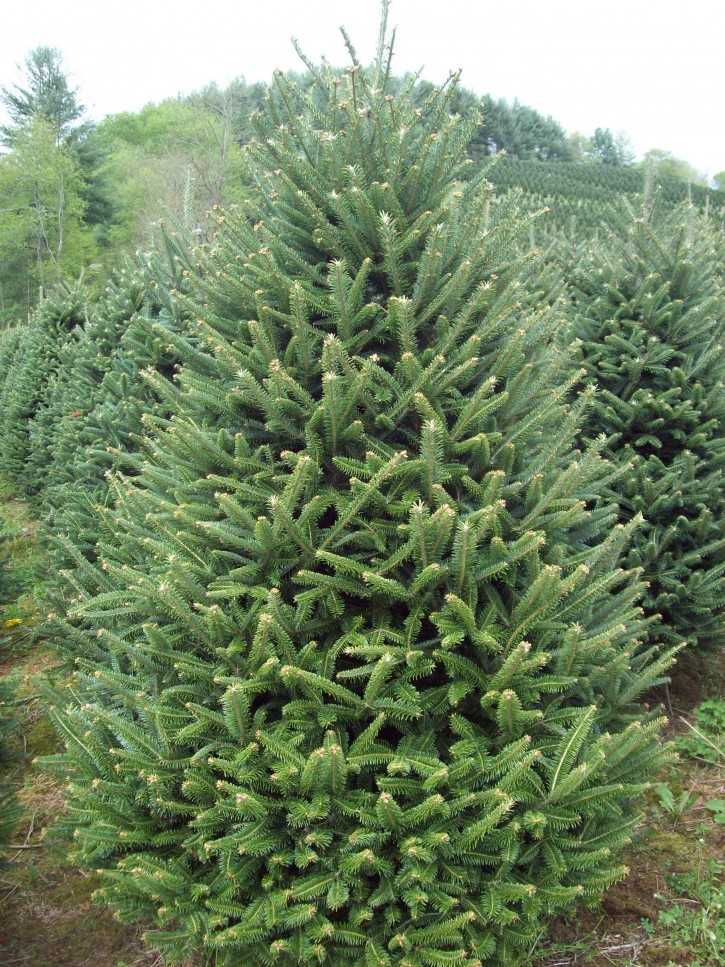
Source: Cool Springs Nursery
Noble Fir
The needles on the Noble Fir turn upward, exposing the lower branches. The tree is known for its beauty, and its strong, stiff branches are sturdy enough to hold heavy Christmas ornaments. This species is widely used to make wreaths, garland, door swags, and other Christmas products.
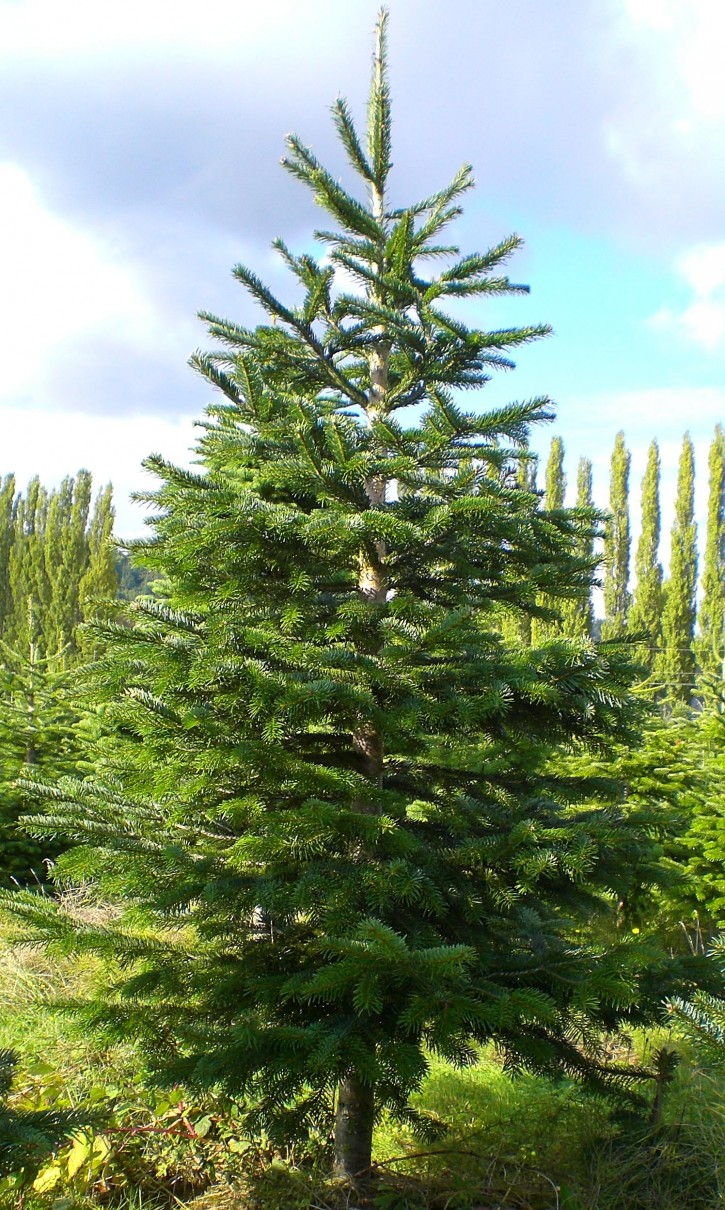
Source: Carnation Tree Farm
Grand Fir
Growing up to heights of 300 feet, the Grand Fir is one of the tallest firs. It has sprays of lustrous needles in two distinct rows that are spread horizontally so both the upper and lower sides of the branches are clearly visible. The 1- to 1.5-inch-long needles have glossy, dark-green tops.
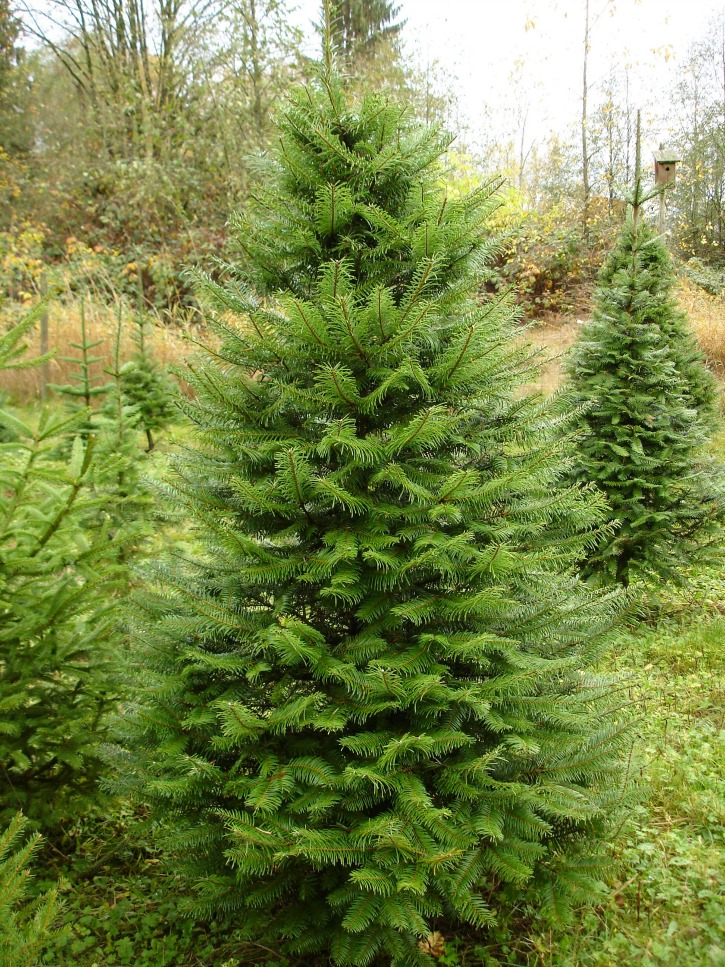
Source: Christmas Trees For You
Scotch Pine
The Scotch Pine is the most planted commercial Christmas tree in North America, but not necessarily the most popular. The Scotch Pine was first imported from Europe and is not native to the United States. It has stiff branches and two bundled dark green needles 1 to 3 inches long that can stay on the tree for four weeks. The scent lingers through the entire season, and the tree does not drop needles when dry (excellent news).
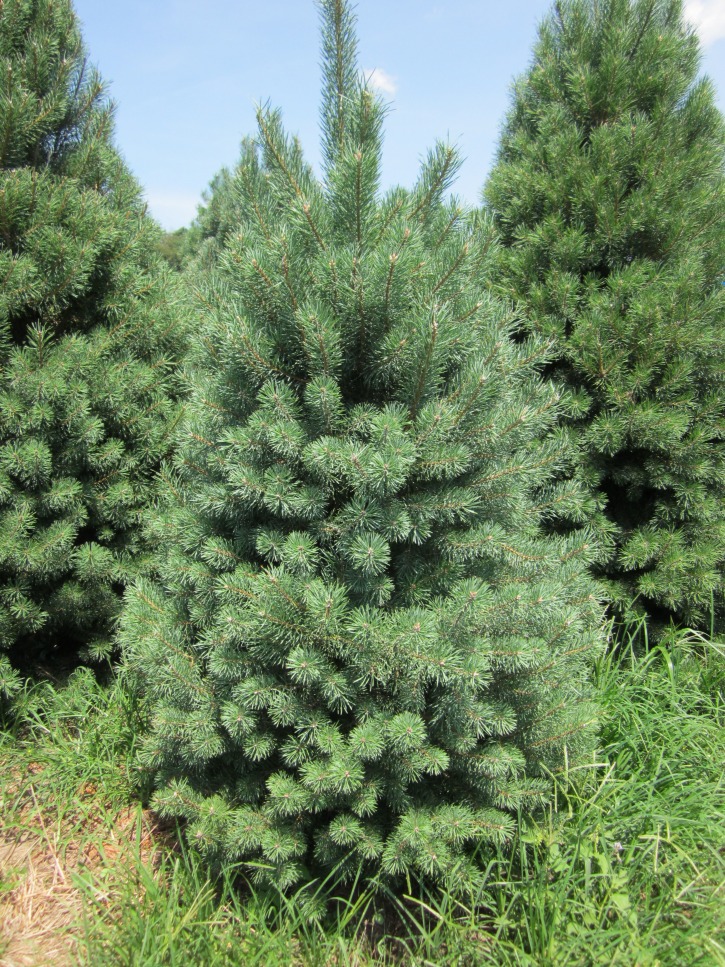
Source: Hart-t-trees
Other popular types of Christmas trees are the Colorado Blue Spruce, White Spruce, White Fir (also known as the Concolor Fir), Eastern White Pine, Virginia Pine, and the Eastern Red Cedar. There are really no secrets to extending the life of your tree, other than sufficient watering. The most important tip to remember is not to let the cut surface of the trunk be exposed to air for longer than 3 to 6 hours.
What’s your favorite Christmas tree? Tell me in the comments below!
Sources:
National Christmas Tree Association
If you liked this post, you might like these other posts:
blog comments powered by Disqus






